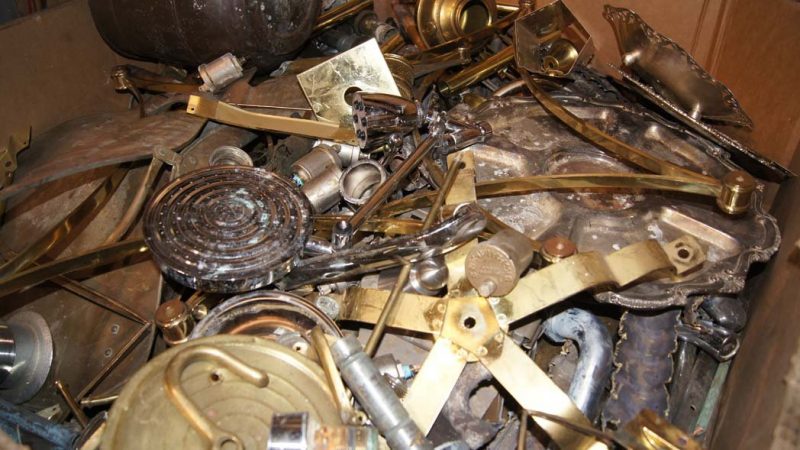Dewatering your company’s waste can be a great way to save money on waste disposal. Dewatering biosolids can reduce odor, and make waste management easier for your company, as well.
When you decide to begin a dewatering practice at your facility, your waste management company will place a dewatering container onsite. This is the container where the solids will be held and dewatered to reduce volume. When the container is full, the dewatered solids will be transported to a disposal site.
Before you make a commitment to purchasing a dewatering system, ensure you are not in violation of any restrictions. Check with the city or county where you are located to ensure you can place a dewatering container on your property. You may be required to obtain permits, as well.
Choosing the location for your dewatering container is a very important decision. Since the container is large, it’s important to choose the right location the first time around, since relocation is a difficult process.
Your dewatering container should be placed in an out of the way area since it takes up a lot of room. It will have some odor, so it’s also a good idea to place it in an area where it will not be offensive. It is important to note, however, that dewatered waste is far less odorous than waste before dewatering.
Remember to place your container in an area that is accessible by truck. Periodically the container must be emptied and the dewatered waste taken to a disposal site. It is critical that your container is accessible for this process.
With these tips in mind, you should have all the information you need to prepare for your dewatering container to be set up. Before you know it, your new waste disposal system will be running and saving you money.



